Vanlife is no longer for the nomadic one percent, creative 20-somethings handy enough to skirt outrageous rental prices and Airbnb costs. 2020 has taken this niche market into the mainstream: Van rental companies — the decked-out, traveling kind — are popping up all over, appealing to both locals and tourists alike as a second epidemic strikes: cabin fever.
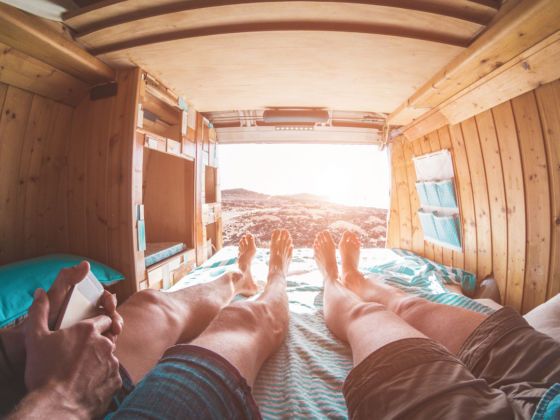

9 Epic Places in the US to Visit on Your First #Vanlife Trip
“We’ve seen customers flip from 50/50 locals vs. tourists to 95 percent locals trying to get out of town,” notes Scott Kubly, CEO and founder of the Seattle-based Cabana. “Not only are people in the area using Cabana as a unique weekend getaway, but people are using our vans as remote offices so they can work from anywhere.”
But is it truly that much different than RVing?
Well, yes. “RVs are much larger and built for people to own and travel or live in. [Our] vans are smaller, easier to drive, and they provide all the space and comfort you need for a weekend getaway. They blend into the background so you feel more closely connected to the landscape,” Kubly explains. (Not to mention built-in WiFi.)
Cabana’s just one of the nation’s many vanlife start-ups. Find the one nearest you, and with a minimal learning curve, you could nab your first taste of this enviable lifestyle this weekend. Here’s where you could go.
1. Mesa County, Colorado
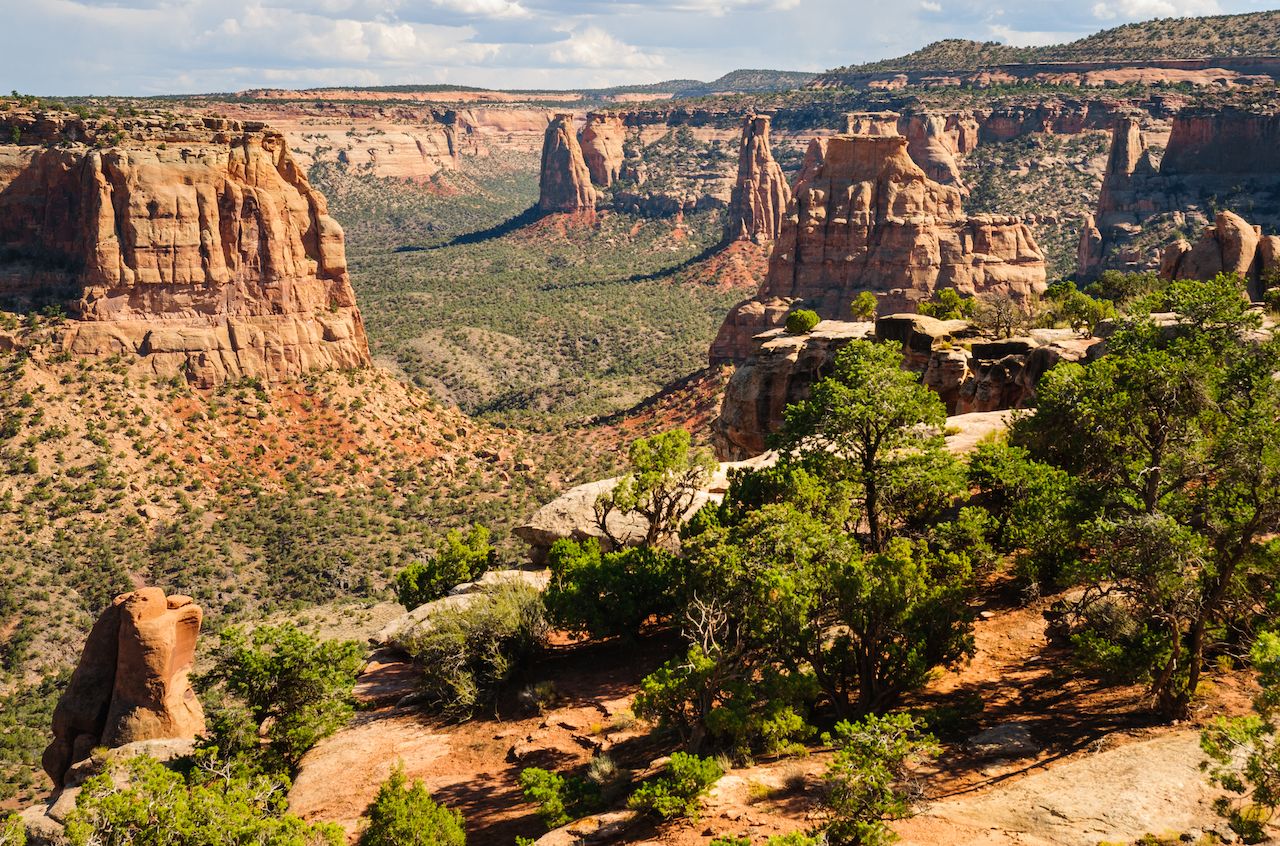
Photo: Zack Frank/Shutterstock
Home to the quirky communities of Fruita and Palisade, the city of Grand Junction, Colorado National Monument, McInnis Canyons National Conservation Area, Dominguez-Escalante National Conservation Area, the Colorado River, and Grand Mesa National Forest, let’s just say there are a few things you can do outdoors — and a few views you can take in — in Colorado’s Mesa County.
Red rock mesas light up this place — hence the name — but you’ll also find hoodoos, canyons, aspen groves, arches, turquoise lakes, and even one delightful dinosaur museum. It’s even home to the Grand Mesa, the world’s largest flat-topped mountain. Much of the county is BLM land (meaning your wild camping options are many), but there are plenty of designated campgrounds and RV resorts like Basecamp in Palisade for when you need an amenity-filled day — and a shower.
2. Mt. Washington Valley, New Hampshire
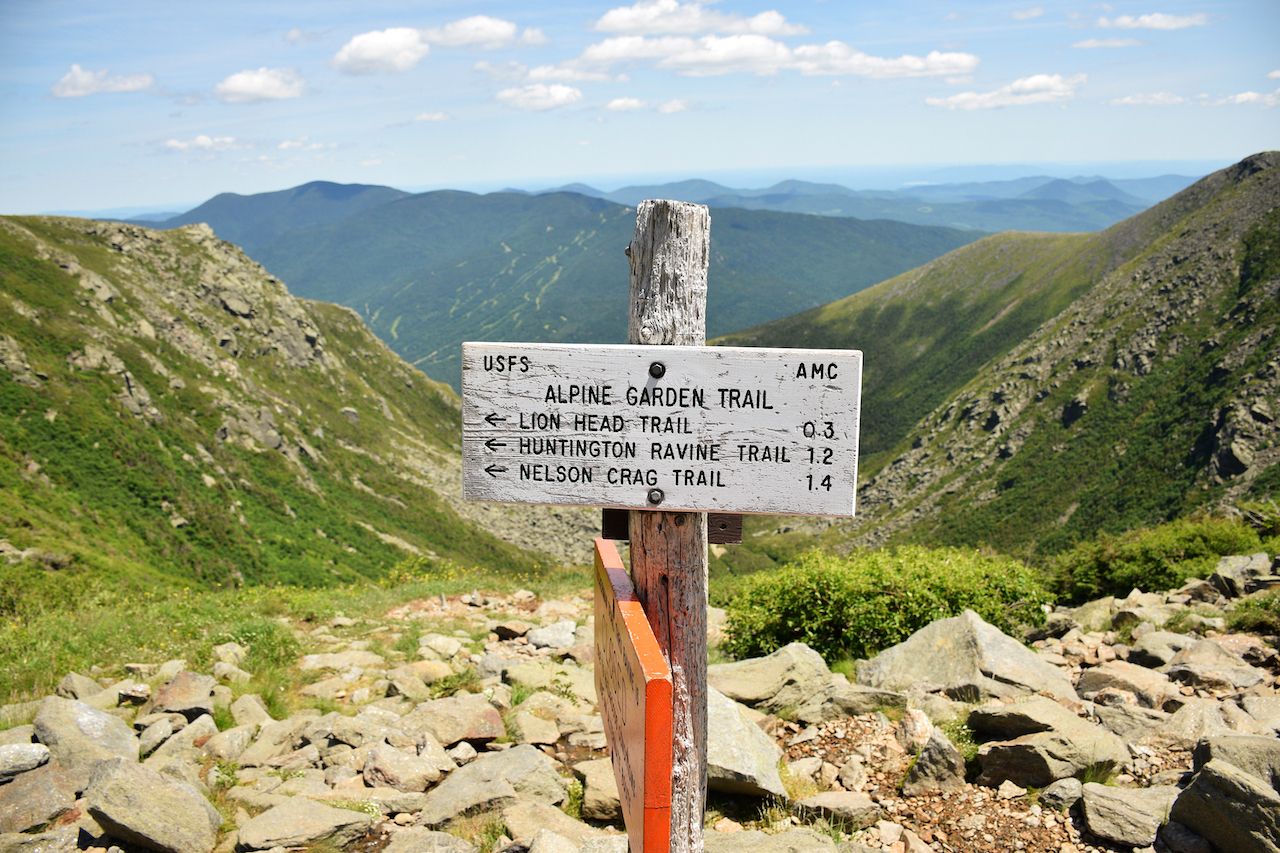
Photo: Andy Shih/Shutterstock
The tallest peak in the Northeast, Mount Washington (6,288 feet) is the centerpiece of the White Mountain National Forest. Grab a spot at one of 10 campgrounds or primitive camp and spend your days hiking, biking, rock-climbing, or waiting for moose to cross your path. The 3,000-acre Moore Reservoir is good for a paddle, too.
The nearby town of North Conway, NH, is a total adventure town, with the kind of booming apres-ski scene you’d expect up here in the mountains. Get there on the 100-mile White Mountains Trail, one of the few designated scenic byway loops in the country.
3. Tybee Island, Georgia

Photo: SFP Aerial Stock Footage/Shutterstock
Tybee Island, a barrier island near Savannah known for its surprisingly wide beaches, has been a Georgian go-to spot for centuries. There are four main stretches of sand, but Back River Beach is where to go to avoid the crowds; you can also go backcountry at Little Tybee Island, an uninhabited nature preserve only accessible by watercraft. Several local outfitters rent out canoes, kayaks, and boats, and you can camp out here and make a weekend of it, too.
If you’re looking to stick with your van, though, grand live oaks surround River’s End Campground & RV Park, and here you’ll be just minutes from the 1800s lighthouse, several beaches (be sure to shell in the morning), and the island’s best shops and restaurants.
4. Stanley and Snake River Valley, Idaho
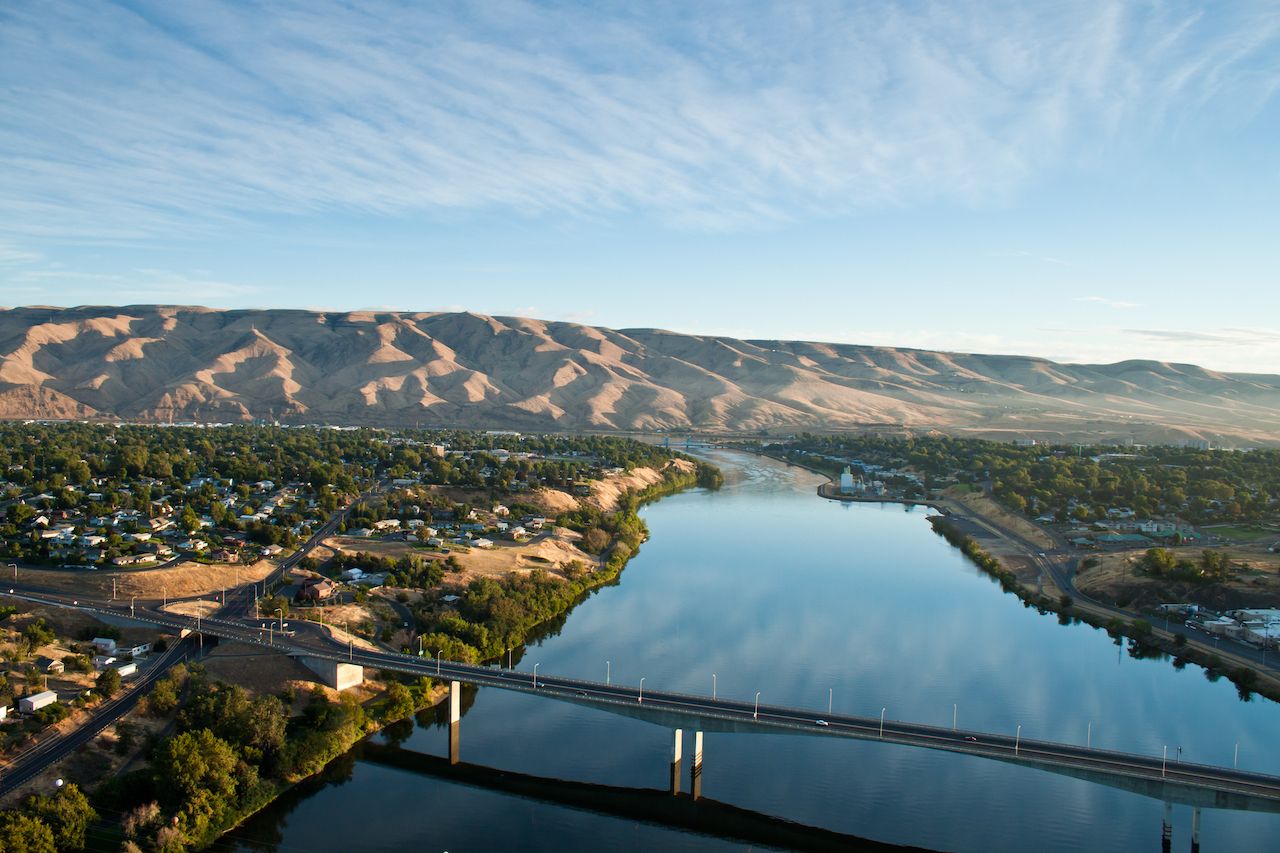
Photo: Wollertz/Shutterstock
Gnomad Home’s John Serbell, a dedicated vanlifer, considers Idaho one of the best states in the US for free or cheap camping. “They make life very easy for vanlifers by having dump stations and drinking-water fills in almost every town.” And Stanley, a funky mountain town smack dab in Idaho’s mountainous center, sits high on the state’s proverbial top shelf.
Put yourself here, and you’ll be neck-craning the whole way as you take an impossibly scenic drive along the gorgeous Snake River. You’ll be right between the picturesque Sawtooths and the Salmon-Challis National Forest, both with endless options for wild camping or designated camping, whichever’s your style. The Frank Church River of No Return Wilderness — one of the most remote stretches of land in the Lower 48 — is minutes away, too. The beauty here is on par with the country’s most scenic national parks (without the crowds).
Note: If renting a van makes you want to convert one yourself, definitely check out Gnomad Home’s epic how-to on building your own van.
5. Bishop, California
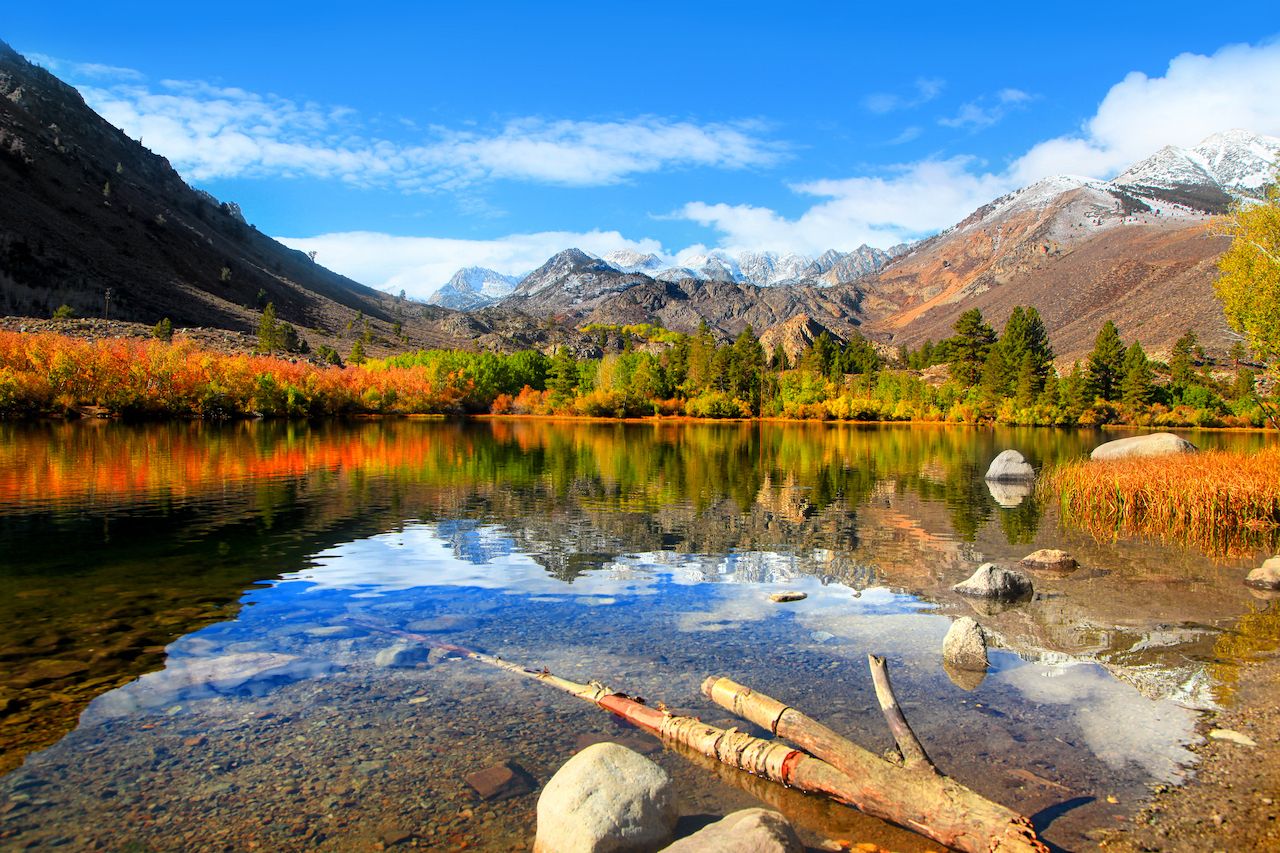
Photo: SNEHIT PHOTO/Shutterstock
One of the larger towns in the famed “Range of Light,” Bishop is known for a strange trio: its scenery, its bakeries, and its mules. Sitting at the northern end of the Sierras in Owens Valley, it has one of the highest concentrations of rock-climbing routes in the country and endless opportunities for hiking, camping, and biking.
The Sierra National Forest and the Inyo National Forest sit just to Bishop’s east (where you could wild camp), Yosemite and Kings Canyon national parks are just a hop away, and the brilliant Mono Lake and Mammoth Lakes should make your list, too. With such a stellar location, it’s clear why both the folks at The Discovery Nut and Gnomad Home rank Bishop top-tier on their destination lists.
6. Huntington Beach State Park, South Carolina
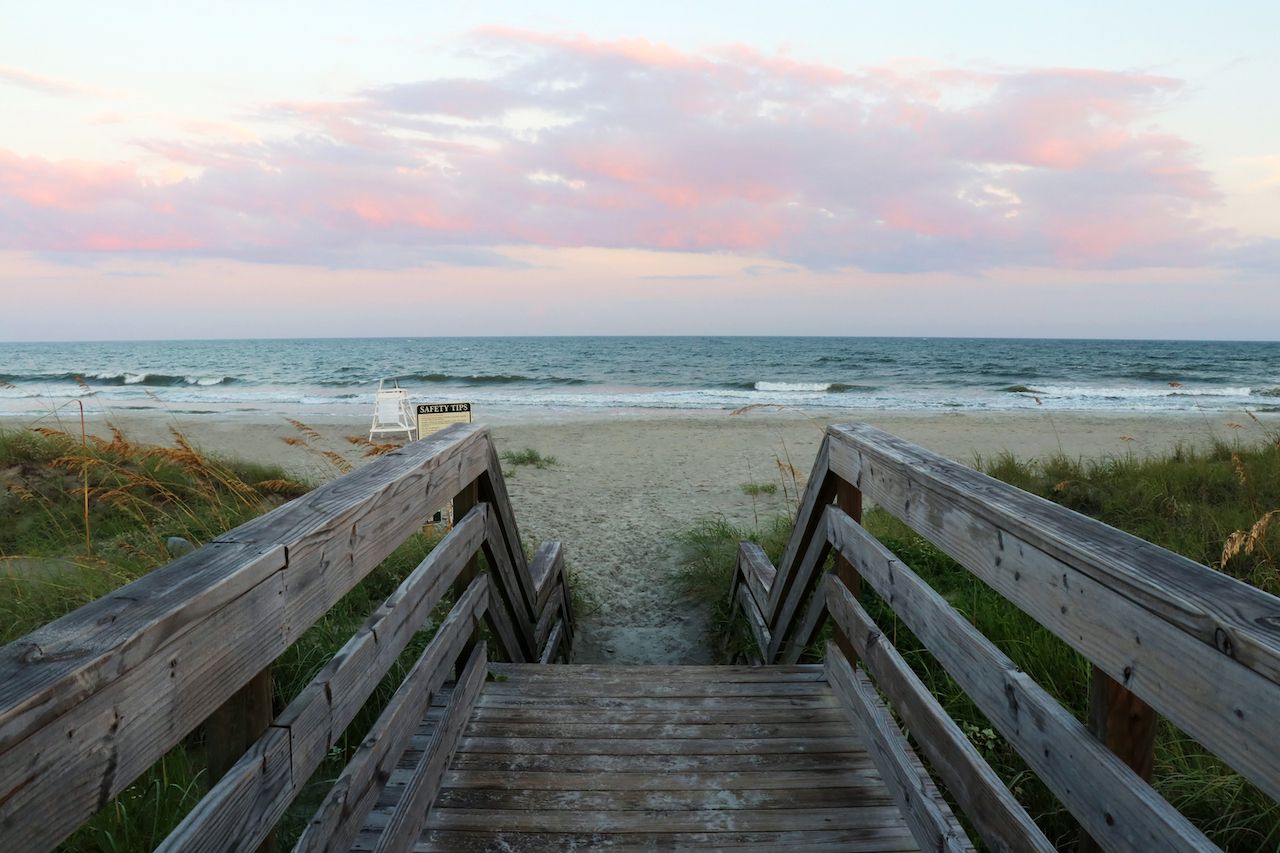
Photo: MarynaG/Shutterstock
A castle on a beach? Yes, you can have that experience — even in the States. South Carolina’s Huntington Beach State Park is home to the Atalaya Castle (or simply Atalaya), a National Historic Landmark done in Moorish Revival style. The state park also has a three-mile beach on the Atlantic, a freshwater lake, hiking trails, and plenty of opportunities to spot loggerhead turtles and watch for migrating birds. If you tire of your own cooking, the nearby Marshwalk has plenty of wonderful seafood restaurants and local options right on the water for fresh, al fresco dining.
7. Sauk County, Wisconsin
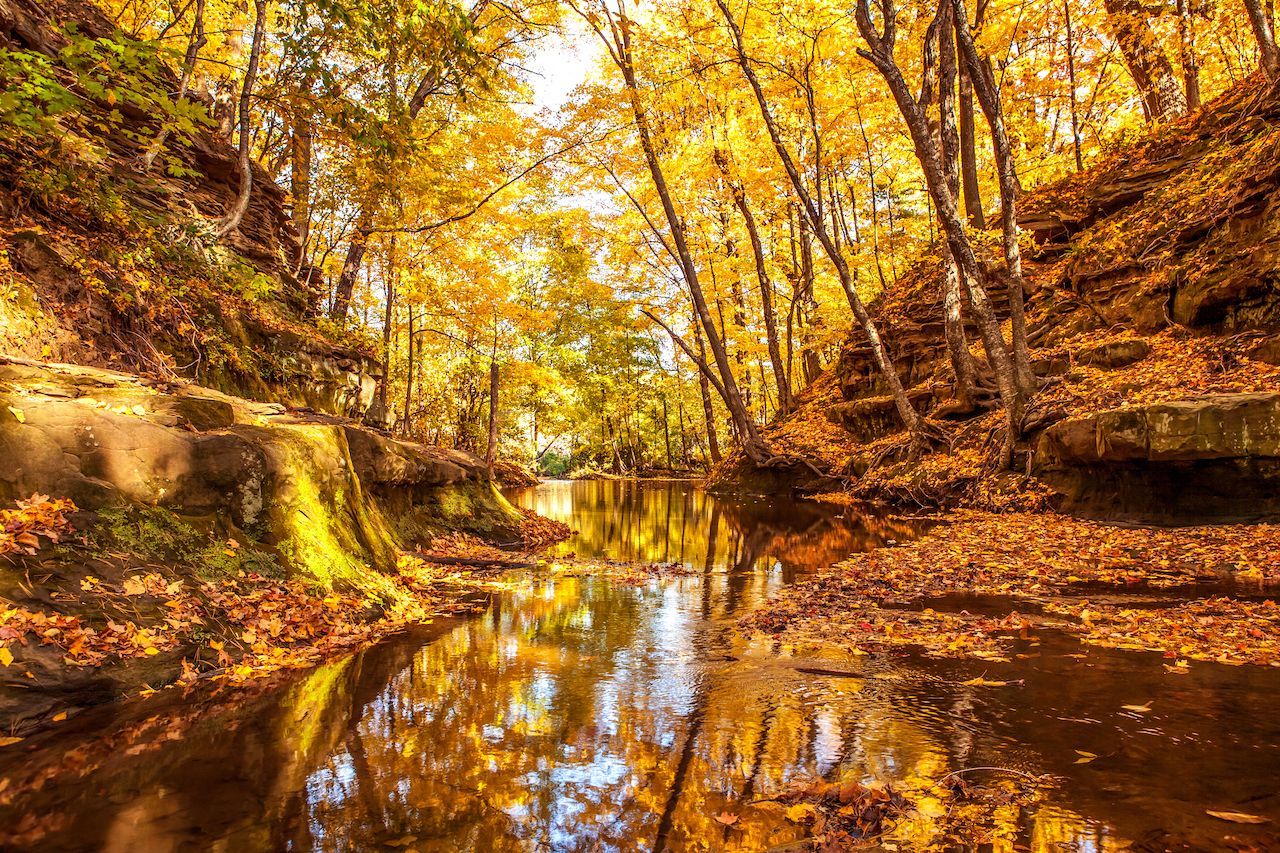
Photo: Suzanne Tucker/Shutterstock
Wisconsin’s outdoor spaces are seriously underrated — the state has 16 million acres of forested land. And though the Chequamegon National Forest and the Apostle Islands are proof how stunning the northern portion of the state is, don’t write off Sauk County, about an hour away from Madison.
Its pièce de résistance is Devil’s Lake State Park — which has plenty of camping opportunities alongside its towering bluffs and cliffside hikes — but the Wisconsin Dells, Parfrey’s Glen, Pewit’s Nest, Gibraltar Rock, Fern Dell Gorge, and several outstanding sections of the Ice Age Trail are also in the area, each home to some fabulous rock formations, trails, and glacially-carved views. Lake Wisconsin, just a few miles away, also remains from the area’s icy past.
Beyond the state park, there are numerous places to “pull over,” but Crystal Lake Campground and RV Park in Lodi covers all your necessary amenities away from Devil’s Lake’s weekend crowds.
8. Mt. Hood National Forest, Oregon

Photo: Josemaria Toscano/Shutterstock
Mt. Hood National Forest is one of the country’s most popular. The area sees some four million visitors every year — but since you can easily wild camp in your van, you don’t have to see any of them. As long as you’re 200 feet from any water source, road, or trail, the forest is all yours. Spend your time floating or paddling the Clackamas River — a tributary of the Willamette — hike the final section of the Oregon Trail, snow-tube down Mt. Hood, or mountain bike through the groves of Douglas fir and red cedar.
Of course, you could always stay at the Mt. Hood RV Resort as well (depending on your set-up, you may be looking for a dump station). The views from here, with your van doors open, are hard to believe.
9. Seward, Alaska
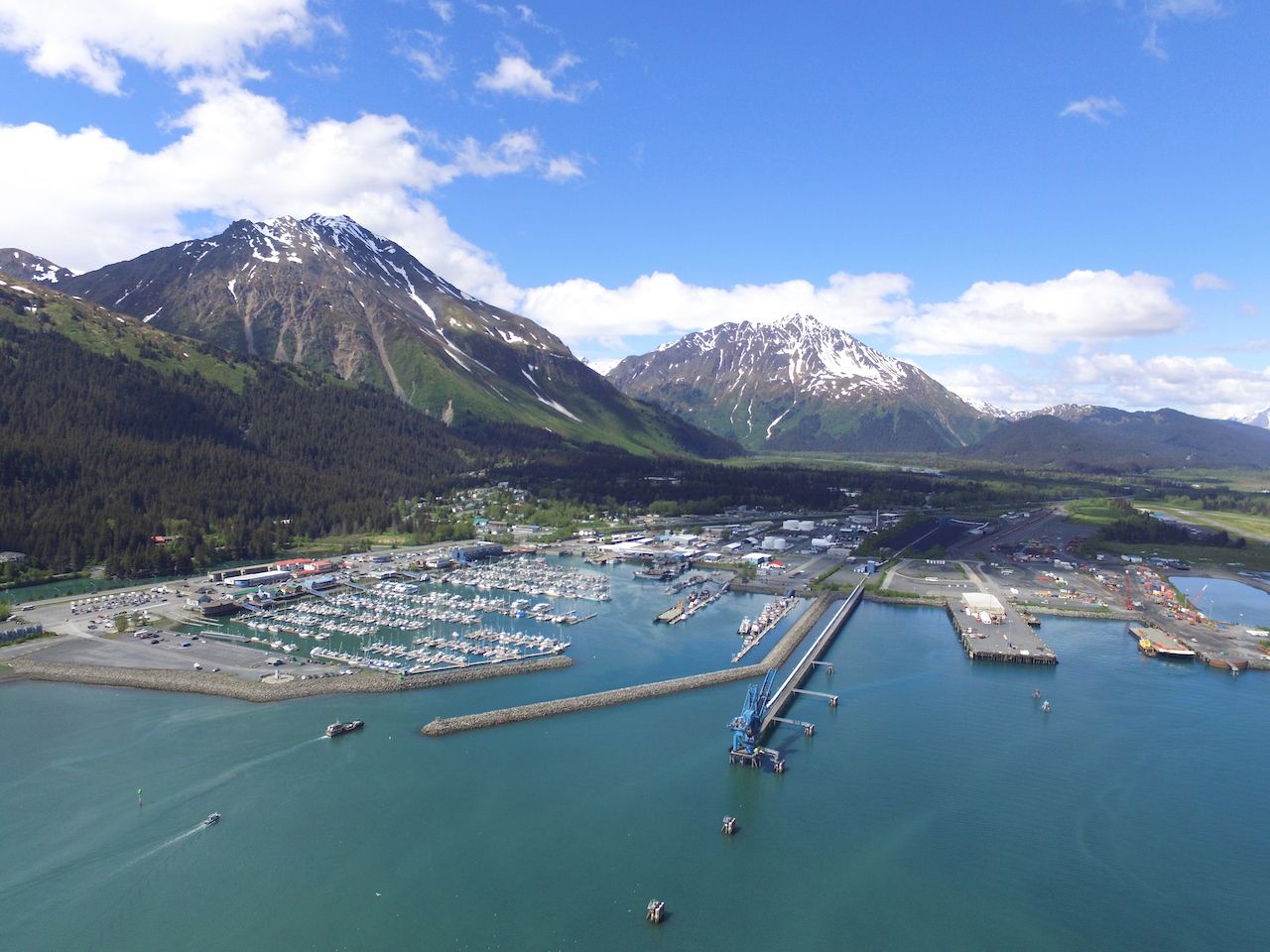
Photo: ThinkingAhead/Shutterstock
There is no wrong way to live your best #vanlife in Alaska. But since we have to narrow it down, let’s go with Seward: It’s the gateway to Kenai Fjords National Park, where great views are had just filling up at the gas station. Get yourself anywhere on the Kenai Peninsula, and you’ll see just how many options you have — and how many places you might yell out, “Pull over!”
In Seward, the avid camping community behind The Dyrt recommends Miller’s Landing: It’s a family-run campground just 2.5 miles south of town, and regular sea kayaking trips depart from here, giving you as much time on the water as you please. But don’t stick around too long: You’ve got more to see — and four wheels to do it.